8 Strategies for Engaging the Families of Young Children
February 11, 2020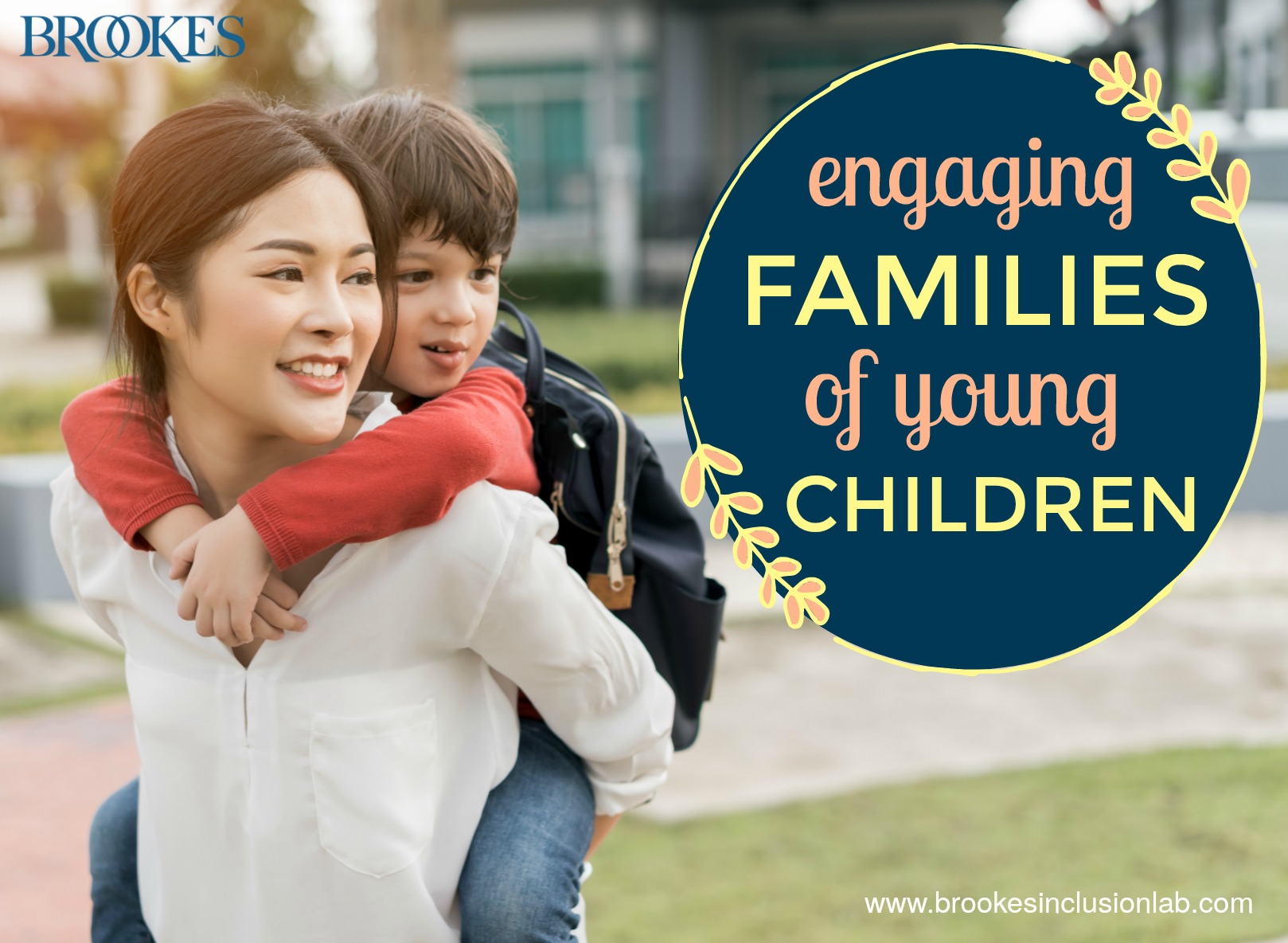
To ensure the best outcomes for the young children you work with, it’s important to engage the real experts on each child: their families. When you make parents active partners in educational decision-making, strengthen their parenting confidence, and encourage their responsiveness to the child’s needs, the whole family will benefit.
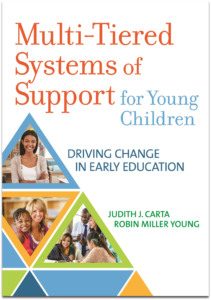 Today’s post introduces you to some “Getting-Ready” family engagement strategies, based on the work of Sheridan et al. and described in detail in the book Multi-Tiered Systems of Support for Young Children, edited by Judith J. Carta & Robin Miller Young. Some of these strategies are intended to strengthen relationships: between parents and children and between parents and early childhood educators. Others are intended to build parents’ confidence and competence so they can actively promote their child’s learning and development. Keep these in mind as you work to develop strong relationships with families and empower parents to guide their child’s healthy development.
Today’s post introduces you to some “Getting-Ready” family engagement strategies, based on the work of Sheridan et al. and described in detail in the book Multi-Tiered Systems of Support for Young Children, edited by Judith J. Carta & Robin Miller Young. Some of these strategies are intended to strengthen relationships: between parents and children and between parents and early childhood educators. Others are intended to build parents’ confidence and competence so they can actively promote their child’s learning and development. Keep these in mind as you work to develop strong relationships with families and empower parents to guide their child’s healthy development.
Strategies to strengthen relationships
Communicate openly and clearly
As an early childhood educator, be sure you fully engage parents and create an open, two-way exchange in which everyone’s input is valued. Regularly ask for parents’ input through questions that require embellishment (not just “yes” or “no” answers), and check in with them frequently to ensure that they understand what’s happening.
Establish parent–child interaction
Whether you’re a home visitor or a teacher in a program where parents often volunteer, ensure that elements of the environment are intentionally and actively arranged to increase the probability of mutually enjoyable parent–child interaction.
Affirm parent competencies
Look for ways to identify and build on parents’ strengths. Offer verbal affirmation of any behavior you see that suggests the parent is focusing on the child, engaging meaningfully with the child, and working on improving either their own skills or the child’s skills. For example, if you see a parent using effective shared reading strategies with her child, you could affirm the parent’s competencies by saying “When you point to the print while you read, just like you are doing now, you are showing Zain that print has meaning. That is an excellent strategy you are using to build his skills as a future reader.”
Make mutual, joint decisions
Have conversations that include parents as equal participants, and agree together on goals, priorities, strategies, or plans regarding the child’s learning and development. Make it your goal to have collaborative, back-and-forth exchanges with parents and work together to choose and incorporate learning strategies (for use at home and in the classroom).
For example: In a parent–teacher conference, you might talk to the parent about strategies to implement at school for a child who is an active learner. The parent might tell you that their child doesn’t like sitting down and has to be interested in something in order to stick with it. You and the parent could work together on creative strategies that would increase the child’s persistence by including his special interest (cars) and allowing him to be active. Maybe the child could drive his favorite toy cars around the shapes of the letters you’re working on in school!
Strategies to build competencies
Focus attention on the child’s strengths
Always be on the lookout for opportunities to help parents understand their child’s development. What’s typical for the child’s age? What may be important to monitor? What specific developmental strengths can you point out to the parent? Focusing on strengths before bringing up concerns will help strengthen your connection with parents.
For example: At pick-up time, choose a bit of developmental “good news” to share with the parent first, even if you’ve had a challenging day with the student. You might say, “Madison puts her coat on all by herself now at school, and if I help her get the zipper started, she can pull it up and then put on her hat. She needs help getting all the fingers into the gloves correctly, but she can put mittens on all by herself.” Leading with the child’s strengths will show parents that you notice and value the progress their child is making—and may help them be more receptive if you have concerns you’d like to discuss.
Share information and resources
You can help parents build on their child’s skills by
- Labeling, interpreting, and explaining the developmental significance of the child’s current emotional, cognitive, linguistic, or motor abilities
- Providing information about developmental milestones and behaviors or skill levels that need some extra support
- Pointing parents to resources (books, activities, organizations) where they can receive that support. (Try the ASQ-3 Learning Activities, a book of fun and easy things parents can do to boost their child’s development from birth to age 5.)
Use observations and data
Both you and the child’s parent will have important observational information to share with each other. You’ll have your classroom observations and assessment data, and they’ll have invaluable insights from their home life. Meet with the parent regularly to compare notes and share objective information about the child, including the child’s skill levels and progress toward developmental goals.
Model and suggest
Here are two ways you can help parents try new learning activities and strategies at home:
- Model the use of a learning strategy with a child while the parent watches. Then invite the parent to use the strategy while you observe.
- Suggest, through explicit statements to the parent, behaviors that support the child’s development and strengthen parent–child interactions. Offer the parent specific ideas about how to interact with the child in the future.
For example: Say you’re meeting with a parent and child to discuss how to help the child with letter formation. You can offer to model how you make “rainbow letters” at school. Support the child in tracing the letters and then take turns tracing the letters with different crayon colors as the parent watches. After a while, hand a crayon to the parent and suggest, “Here, how about if you and Adam write the next rainbow letter together.”
 Like these ideas? Want more on improving young children’s social and academic outcomes? Explore the book Multi-Tiered Systems of Support for Young Children, a visionary guidebook on how to design, implement, and monitor successful MTSS for children ages 3–5.
Like these ideas? Want more on improving young children’s social and academic outcomes? Explore the book Multi-Tiered Systems of Support for Young Children, a visionary guidebook on how to design, implement, and monitor successful MTSS for children ages 3–5.
REFERENCES
Sheridan, S. M., & Kratochwill, T. R. (2008). Conjoint behavioral consultation: Promoting family–school connections and interventions. New York, NY: Springer.
Sheridan, S. M., Knoche, L. L., Edwards, C. P., Bovaird, J. A., & Kupzyk, K. A. (2010). Parent engagement and school readiness: Effects of the Getting Ready intervention on preschool children’s social-emotional competencies. Early Education and Development, 21, 125–156.
Sheridan, S. M., Knoche, L. L., Kupzyk, K. A., Edwards, C. P., & Marvin, C.A. (2011). A randomized trial examining the effects of parent engagement on early language and literacy: The Getting Ready intervention. Journal of School Psychology, 49, 361–383. doi:10.1016/j.jsp.2011.03.00.

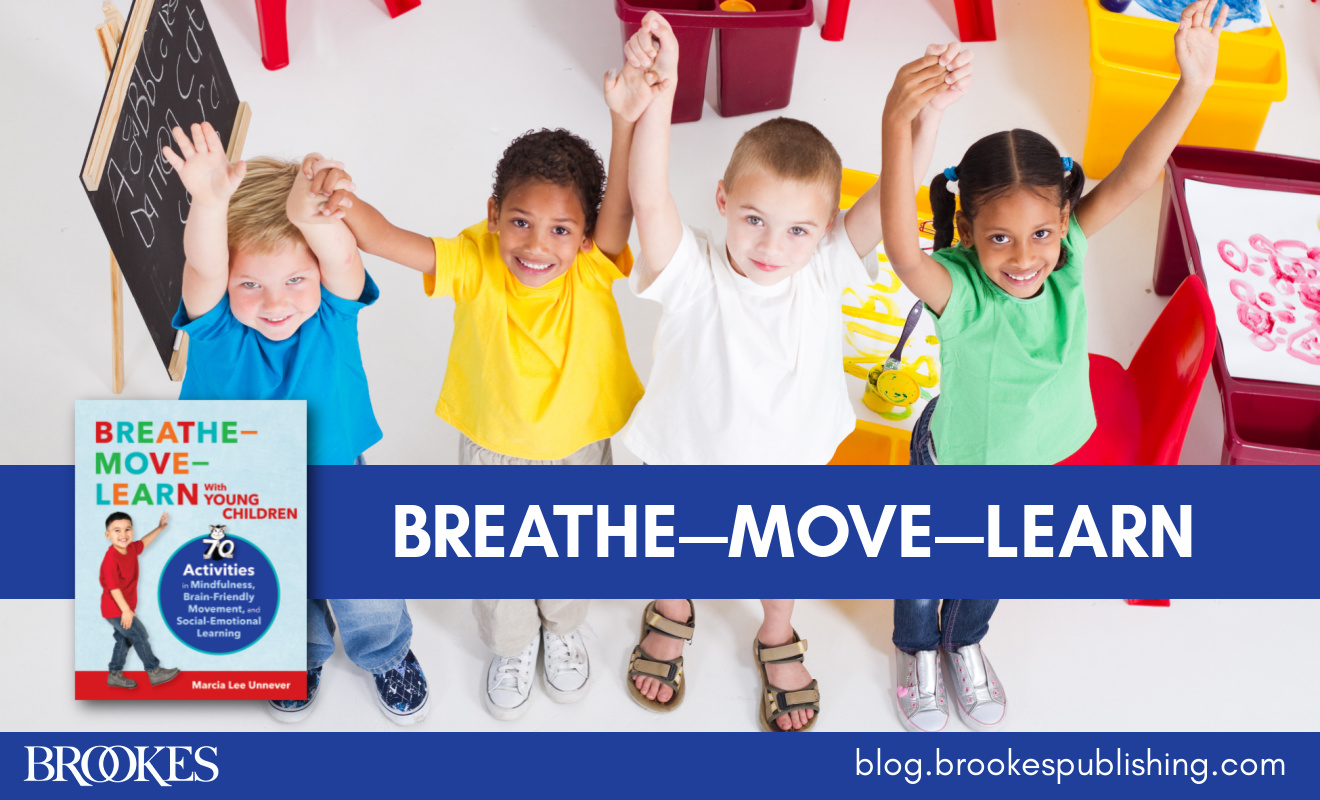
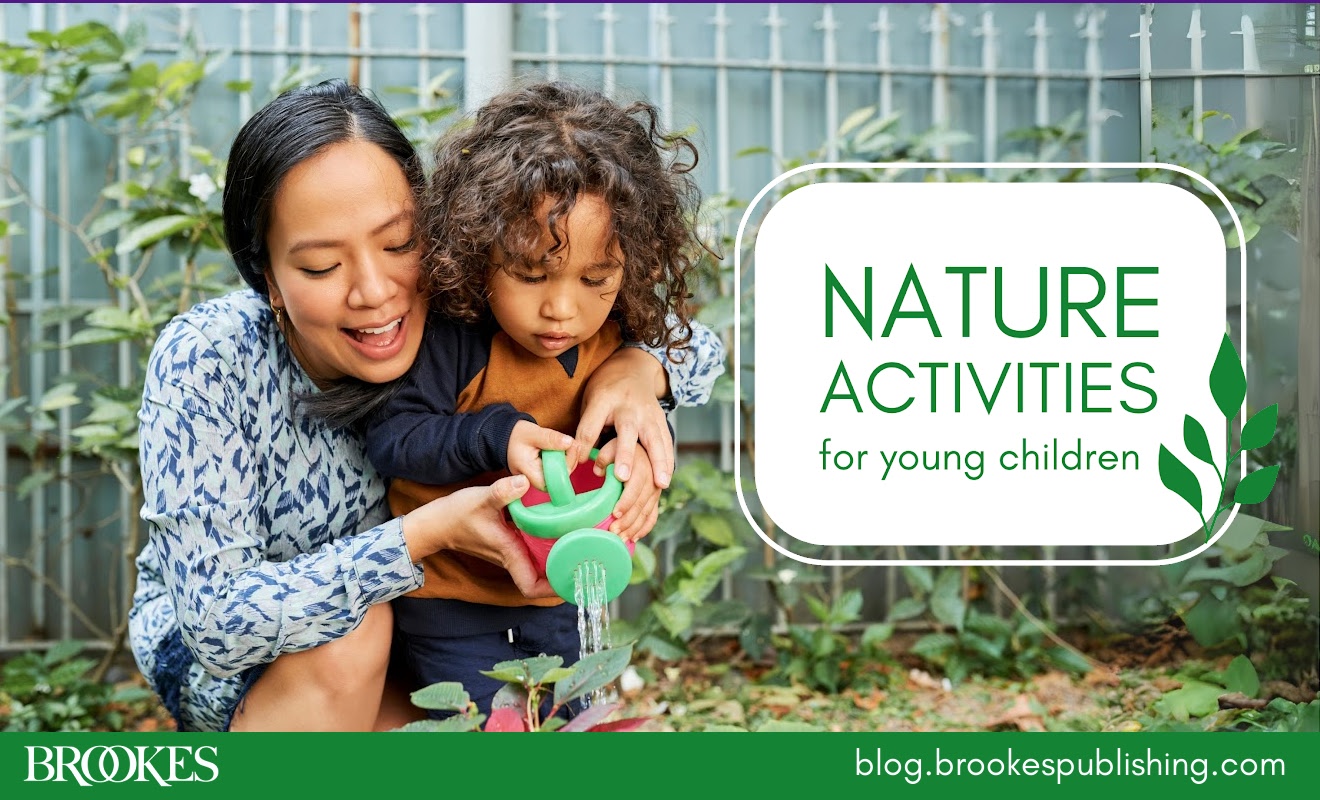
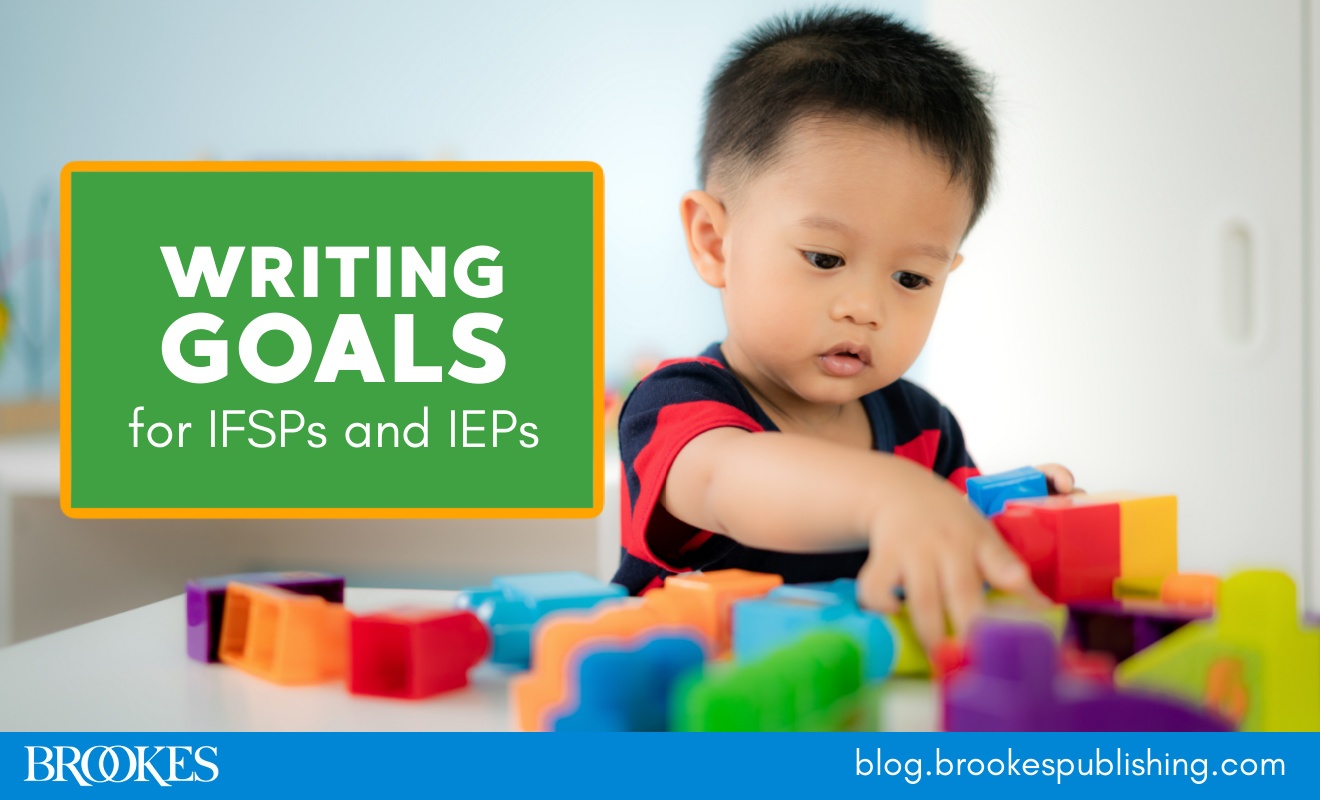
Write a Comment
Your email address will not be published. Required fields are marked *
Post a Comment